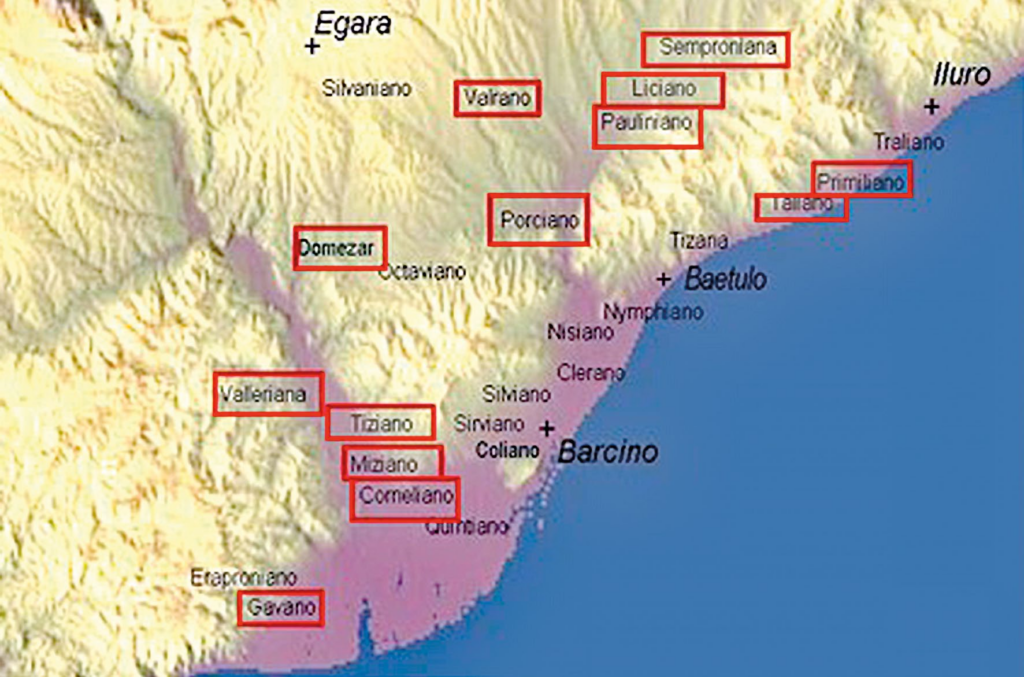This text, the product of research carried out in the province of Barcelona – in the landscape of Laietània– deals with the study of the historical Roman landscape from an approach to the villae and the different rural settlements. By studying the dialectic relationship between the Roman community and its territory, it delves into the definition of those elements which, beyond the villas, make up the network of resources and infrastructures characteristic of the Roman cultural landscape. To this end, he takes a holistic approach that takes into account the cities, their territory, farms, villae, along with the social agents – elites, peasants, producers – and the key spaces and activities of the cultural landscape – markets, consumption, and commercial exchange.
Article by Oriol Olesti [Escrito en inglés]
